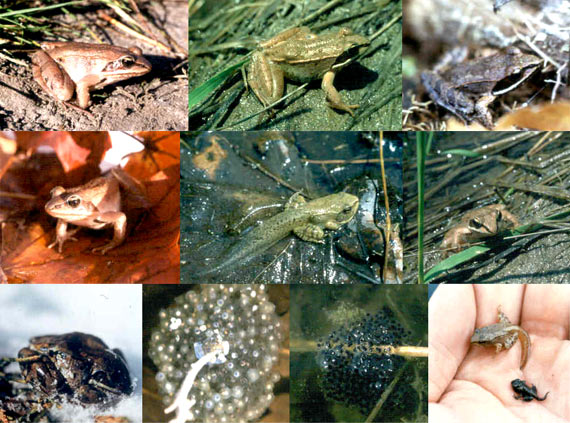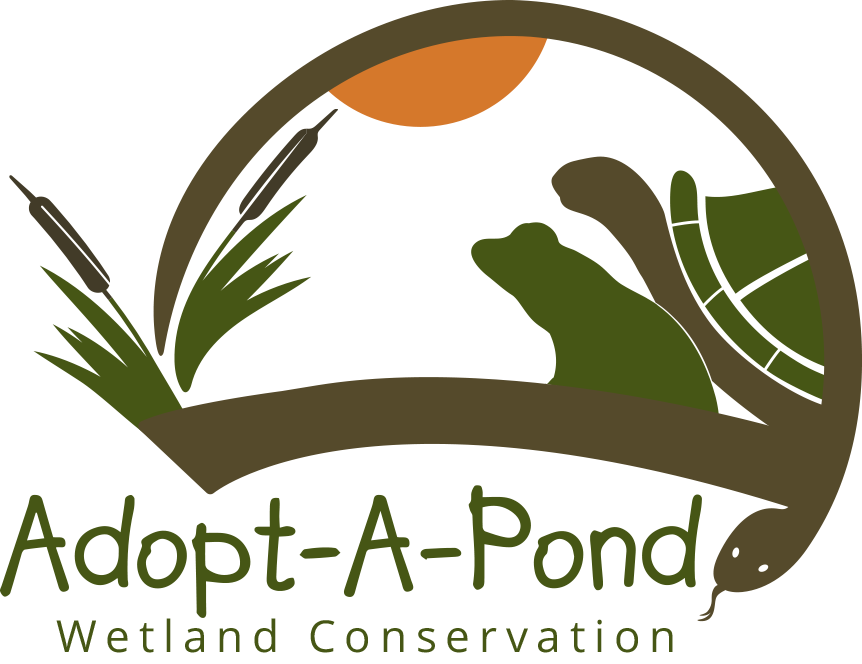Frogs and Toads
Report your sighting!Wood Frog
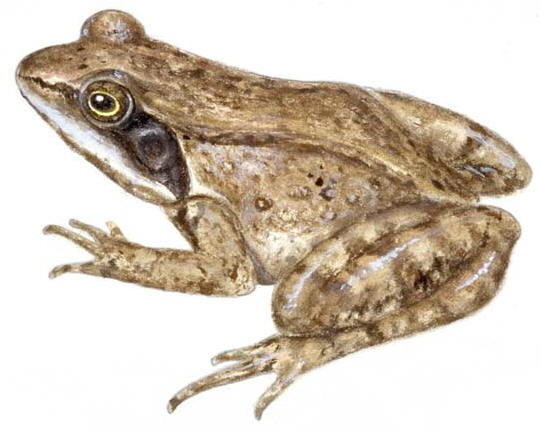 Lithobates sylvatica
Lithobates sylvatica - 3.5 cm frog
- brown, tan or copper in color.
- A triangular black face mask on each side of its head
- There is a white line on the upper jaw
- Usually found in Woodlands.
- Ponds must have emergent vegetation such as willows, sedges or winter-killed cattails to which the eggs can be attached.
- The wood frog is the only North American amphibian found north of the Arctic Circle.
- The wood frog is our earliest spring breeder. Males, with their duck-like quacking, can be heard in the last week of March and the first week of April.
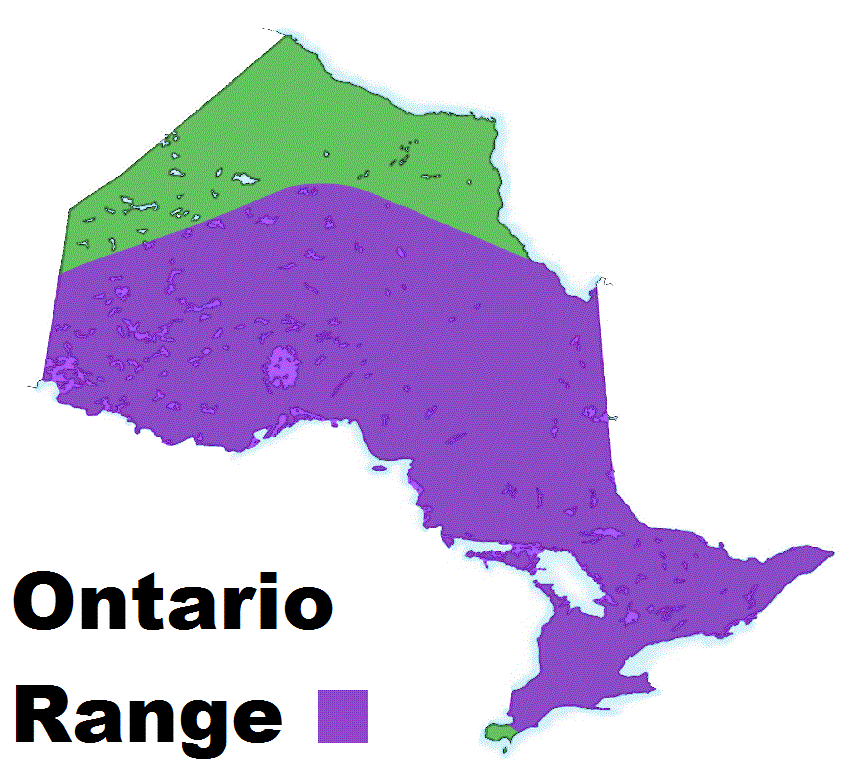
- Eggs hatch in 1-2 weeks, and tadpoles generally transform into adults in sixty days.
- Young frogs feed on mosquitoes, beetles, spiders, and flies.
- The wood frog is sometimes found in abundance in woodlands throughout Ontario.
- In urban areas, the thinning of woodlots, filling of ponds and lowering of water tables have reduced populations to a few widely separated sites.
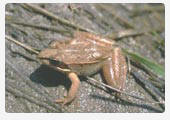
Description of call: A rolling, duck-like "quacking" call.
Use this link to download the sound file if your browser does not support embedded files.
